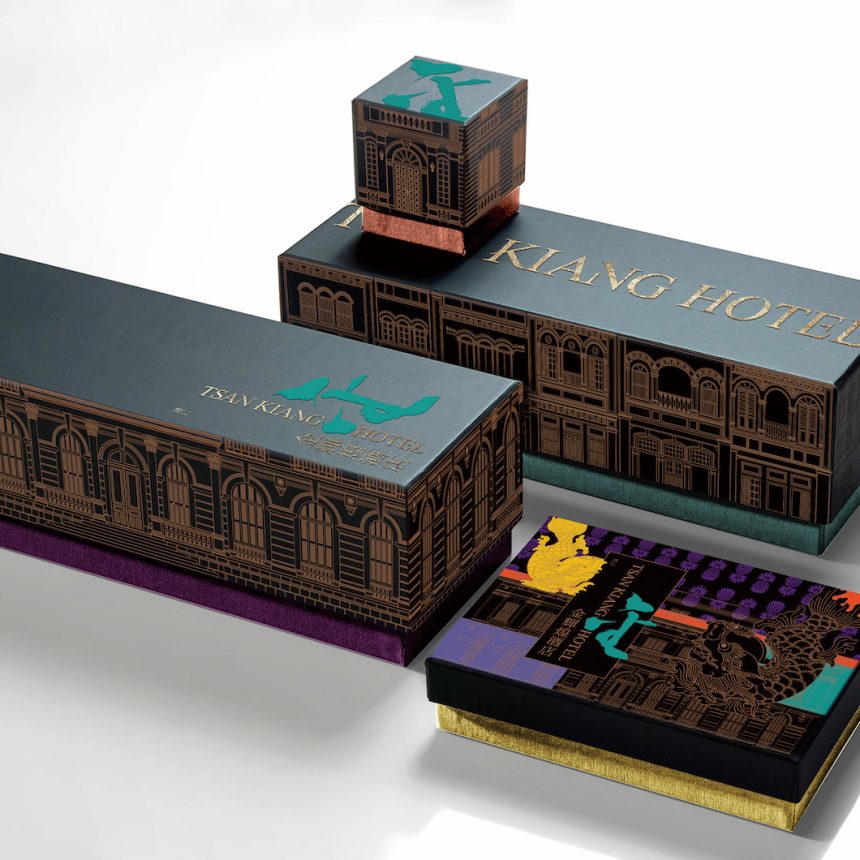Together, they use their expertise and out-of-the-box thinking to breathe new life into modern creative arts through the incorporation of traditional Asian elements, giving new meaning to the saying “what’s old is new again”.
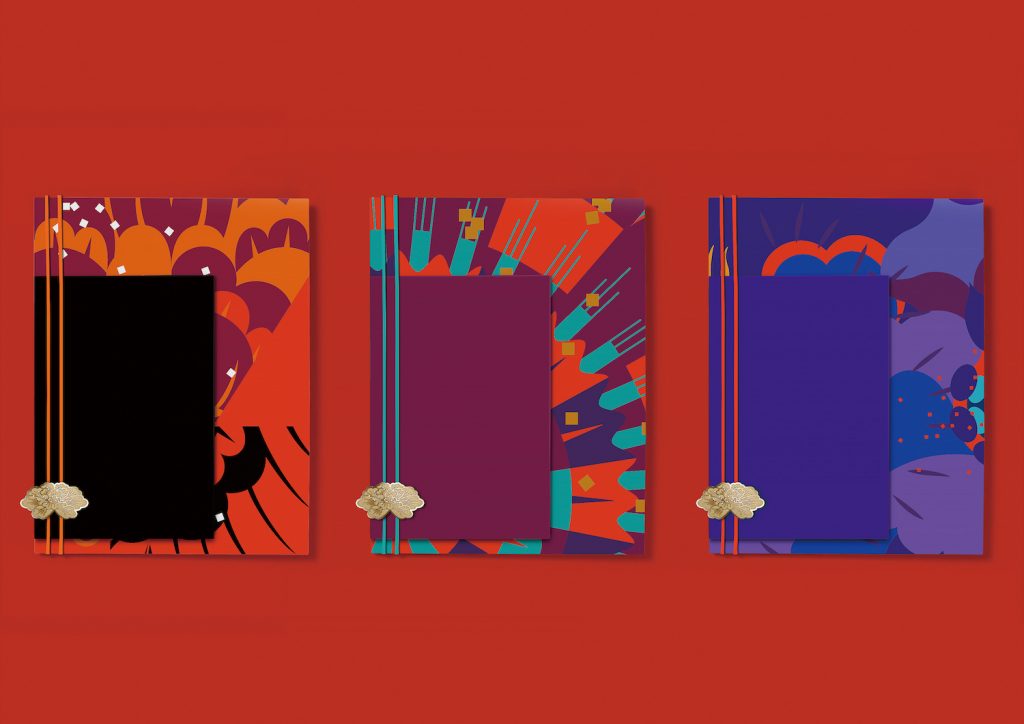
Q: As the two founders are from different countries, how did this partnership come about and lead to the founding of 1983 ASIA?
A: Before founding 1983 ASIA, we worked in the same company for four years and during that time we exchanged many views on design and realised that we had a shared interest in Asian culture and sensitivity to colour. In addition, we found a tacit understanding of mutual co-operation in the long term relationship, which has greatly improved our design efficiency and quality.
That was when we got to thinking about making a change in the direction of the design. Because a relatively free environment was what we need in order to pursue that, we decided to start a partnership to form 1983 ASIA. We abandoned our old perceptions of design and started re-thinking about design from scratch.
After that, we found that this was the most unique way to do it, which became the key to making sure we were on the right track. We also endorsed some seemingly stupid principles, such as not participating in the concept of pitching ideas and changing the social phenomenon of this vicious circle through our own insistence. This happened to be the initial heart of 1983 ASIA – contributing to the next generation and the future!
Q: How does coming from different parts of the world benefit the company’s sense of direction in terms of design?
A: Our cultural differences have allowed us to better understand design from a multi-dimensional perspective and rid the habit of dealing with problems from only one side to make something “impossible” become “possible”. Because our birthplaces are different, and Malaysia’s multi-ethnical characteristics are often referred to as the epitome of Asia, we believe culture is not a closed and exclusive existence. The growth of a designer is often influenced by our own education, mainstream thoughts, competitive results, and “success” stories. Our advice to designers is to not blindly follow others. For example, the term “simple is beautiful” is kind of a principle defined by others.
As time goes by, we should cultivate our thinking ability. An individual’s self-awakening will bring development and give designers freedom of expression without restriction. For example, if design had originated in India or another Asia country, would the standard for measuring “good design” be different today?.
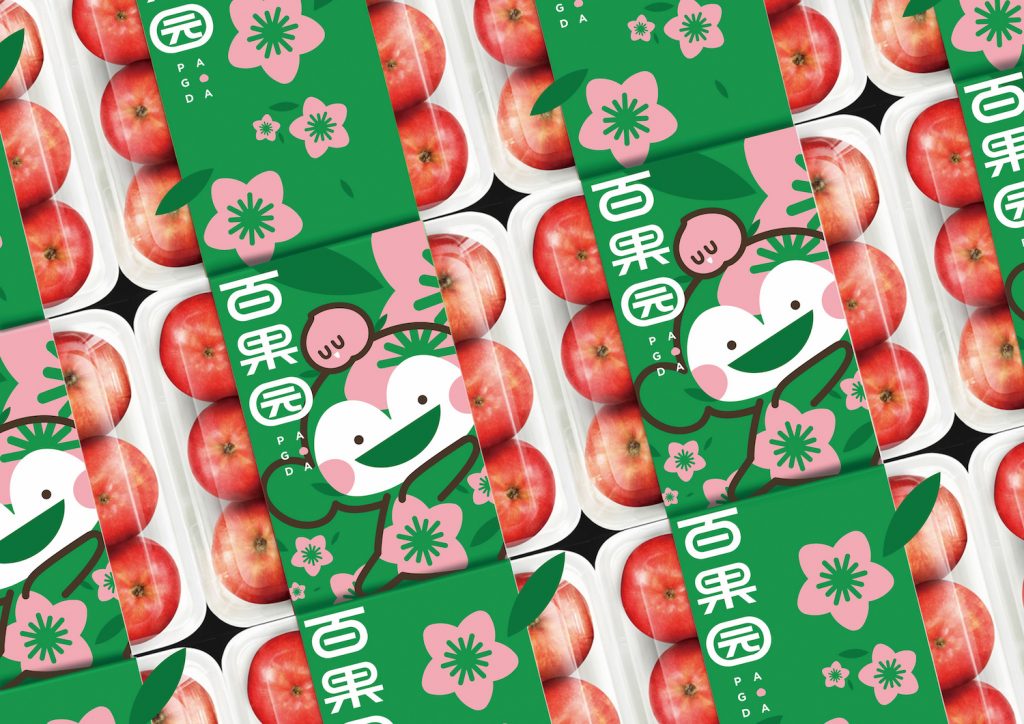
Q: Most of the brand identity projects you’ve handled incorporate traditional Chinese culture, giving the concept a deeper meaning. What is the appeal of mixing traditional elements to modern design to you?
A: We’re currently living in a digital generation. With the rise of the Internet, the future of design becomes more and more open. Information is easily accessible, as well as the ability to communicate with different people around the world becomes easier. Conventional thought is no longer confined to a certain country or ethnic group, making the ability of independent thinking gain unprecedented attention.
It’s a free world now. We get to choose where we want to live, who we talk to, or who we live with. Although we are no longer bound to as many constraints as those in the past, everyone is influenced by their own past life experiences. We may not be living in our home country but we live as “mixed-race children”. We share universal values, such as a fondness for Japanese comics or have “Chinese culture” embedded into our DNA.
Therefore, we hope our designs have a story behind it that can move the audience. The design has to appeal to people of all ages and social groups because design exists to serve life rather than just designers. We believe that this is the real virtue of life and is the most prominent feature of “Asian aesthetics”. Hence, there will be an expression of multicultural integration in our design.
Q: How do you decide what kind of character best represents a brand?
A: The duty of a brand designer is to visualise the core values of a brand and make it memorable and loved to the greatest extent. Unlike “doing business”, that only focuses on revenue, branding is like raising a child. You need to spend time and effort on it. As the pace of commercial society is rapidly developing, a designer’s previous perception of brand design cannot satisfy consumers anymore.
The future of brand design should be an all-around sensory experience with clear claims, so we aim to design a concept with extended creativity, and make a profound study of the culture that meets the needs of the project. What we have to design is not some creative icon or a fancy font but a series of deep-extended visionary systems. This is the charm of branding!
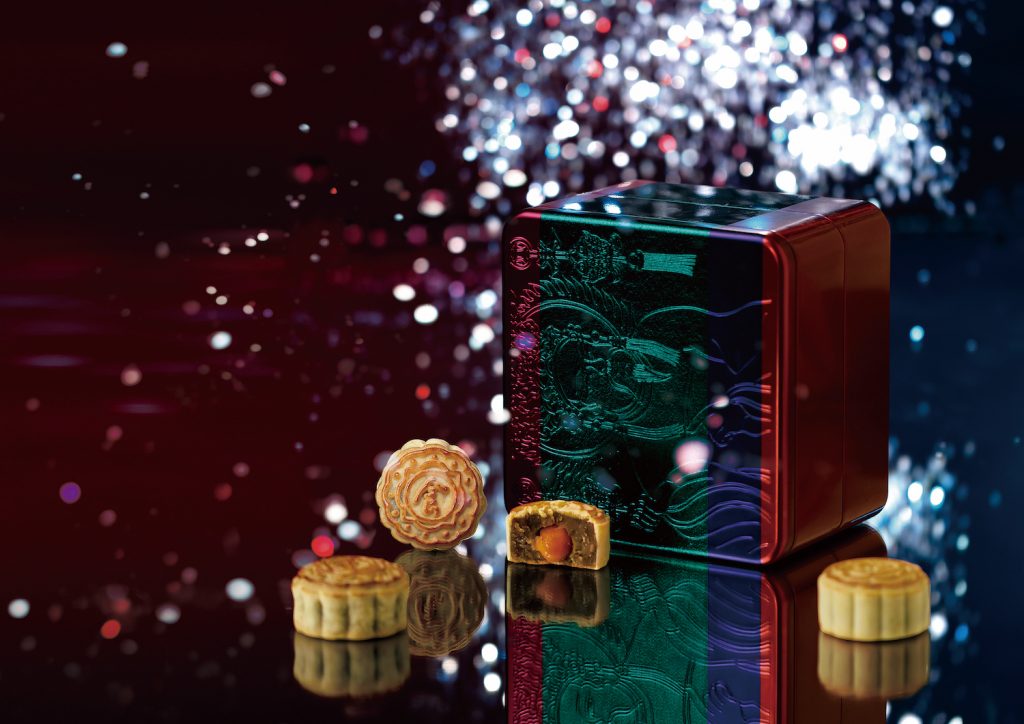
Q: You have been guest instructors at educational institutions such as the Guangzhou Academy of Fine Arts School of Design and Macao Polytechnic University. What excites you about sharing your experiences and work with others?
A: We know that academic content tends to come off as boring or unappealing. But as a teacher, we need to deliver our knowledge to the students, so we search for topics that are connected to modern life, such as doing analysis from the perspective of movies, animation, video games, etc. to make the class more easy and fun.
We’ve all been students before, and only when students find the class interesting will they conduct an in-depth study. At the same time, we also expect that the students realise that “design” can interchange between concepts and present itself in different forms such as brand design, clothes design, or curatorial design. The most exciting moment is when we see students demonstrating their work, sharing their research experience, and expressing satisfaction from their work.
Q: What upcoming projects are you looking forward to working on next?
A: 1983 ASIA is a diversified development team that focuses on “Asian aesthetics”. In addition to commercial design, we usually do cultural studies, book writing, curating, exhibitions, lectures, workshops, artistic creation, and cross-border cooperation. This year, we plan to make more attempts at making art products and space design.

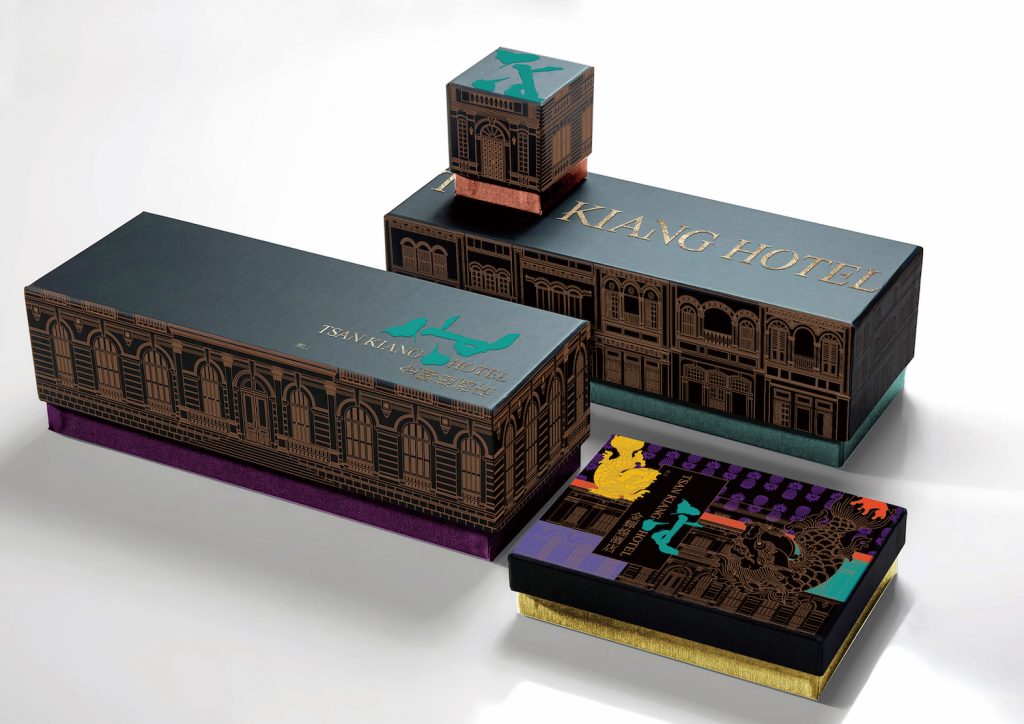
Good things are meant to be shared. 😉 To see more of 1983 ASIA’s work, check out the links below!
Website: www.1983asia.com
Behance: 1983 ASIA
Facebook: 1983asia
Instagram: 1983_asia
